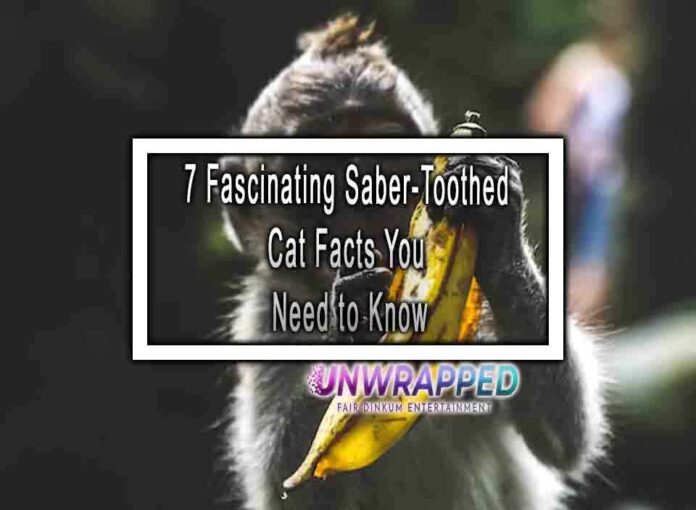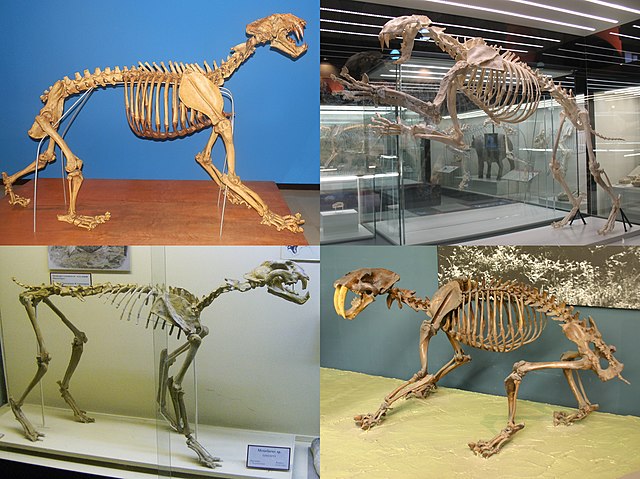Saber-toothed cats, also known as sabertooths or sabertoothed cats, were a group of prehistoric mammals known for their long, curved canine teeth. Here are seven fascinating facts about these intriguing creatures:
1. Diversity of Species:
- Not a Single Species: The term “saber-toothed cat” doesn’t refer to a single species but rather a group of extinct mammals that evolved independently in different regions.
- Different Genera: Saber-toothed cats belonged to various genera, including Smilodon, Homotherium, and Megantereon.

OLYMPUS DIGITAL CAMERA
2. Iconic Canine Teeth:
- Distinctive Feature: The most iconic feature of saber-toothed cats is their long, dagger-like canine teeth, which could grow to impressive lengths.
- Functional Adaptation: These elongated canines were adapted for stabbing and slashing, likely used in hunting and subduing prey.
3. Range of Sizes:
- Size Variation: Saber-toothed cats varied in size, with some species being similar in size to modern big cats, while others were larger.
- Smilodon as an Example: Smilodon, one of the well-known genera, included species ranging from Smilodon gracilis, a smaller cat, to the larger Smilodon populator.
4. Paleogeographic Distribution:
- Global Presence: Saber-toothed cats inhabited various parts of the world, with fossils found in North and South America, Europe, Africa, and Asia.
- Adaptation to Different Environments: They adapted to diverse environments, from grasslands to forests.
5. Adaptive Evolution:
- Specialized Diet: The saber teeth were adapted for a specific hunting strategy, likely targeting large herbivores.
- Powerful Jaws: Saber-toothed cats had strong jaw muscles to deliver powerful bites, and their skulls often show adaptations for managing the stress of biting.
6. Social Behavior:
- Potential Social Structure: Some evidence suggests that saber-toothed cats may have had social structures, potentially hunting in groups.
- Family Units: Fossil evidence, such as the discovery of groups of individuals, hints at the possibility of family units or social groups.
7. Extinction and Causes:
- Pleistocene-Holocene Extinction: Saber-toothed cats, along with many other large mammals, became extinct around the end of the Pleistocene epoch, roughly 10,000 years ago.
- Climate Change and Human Influence: The causes of their extinction are debated but likely include a combination of climate change and the impact of human activities, such as hunting and habitat alteration.
Bonus Fact: Artistic Representation:
- Popularity in Culture: Saber-toothed cats are popular subjects in paleoart and have appeared in various movies, documentaries, and artistic representations.
- Reconstruction Challenges: Artists work with scientific findings to create realistic depictions, considering factors like fur patterns and body structure.
Saber-toothed cats, with their unique adaptations and diverse species, have captivated the imagination of scientists and the public alike. Studying their fossils provides valuable insights into the evolutionary history of large predators and the dynamic ecosystems they once inhabited.











